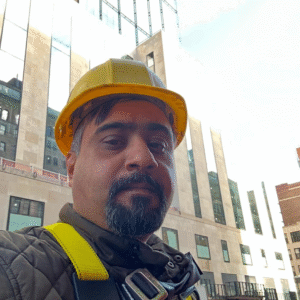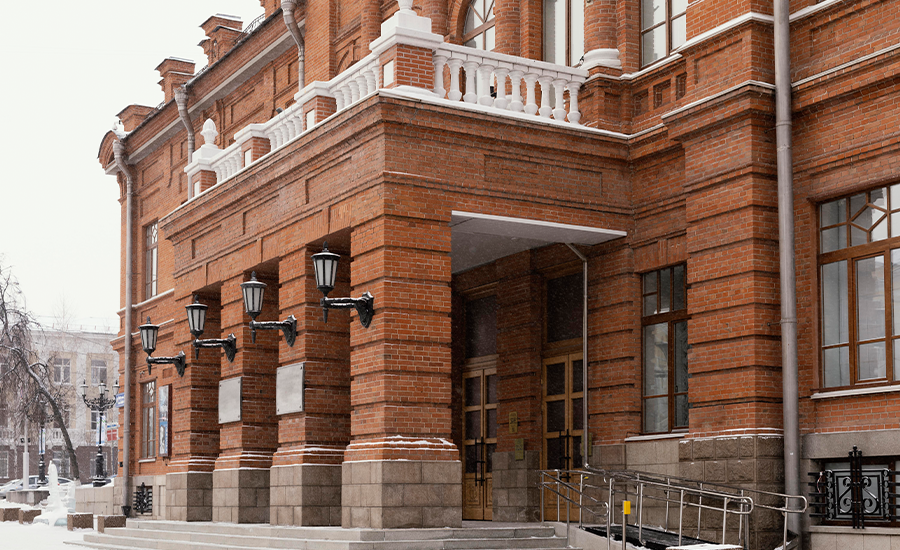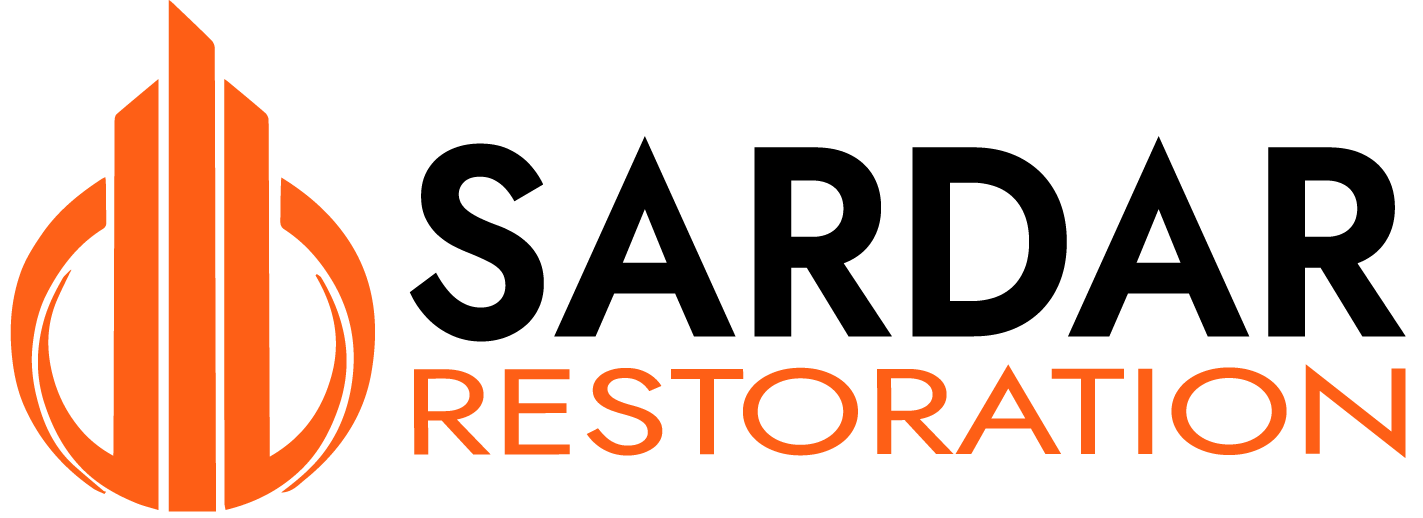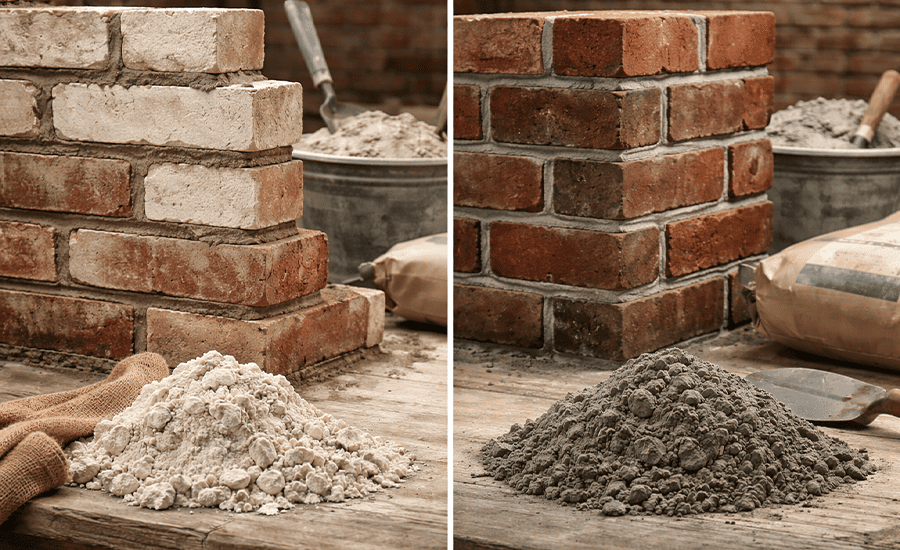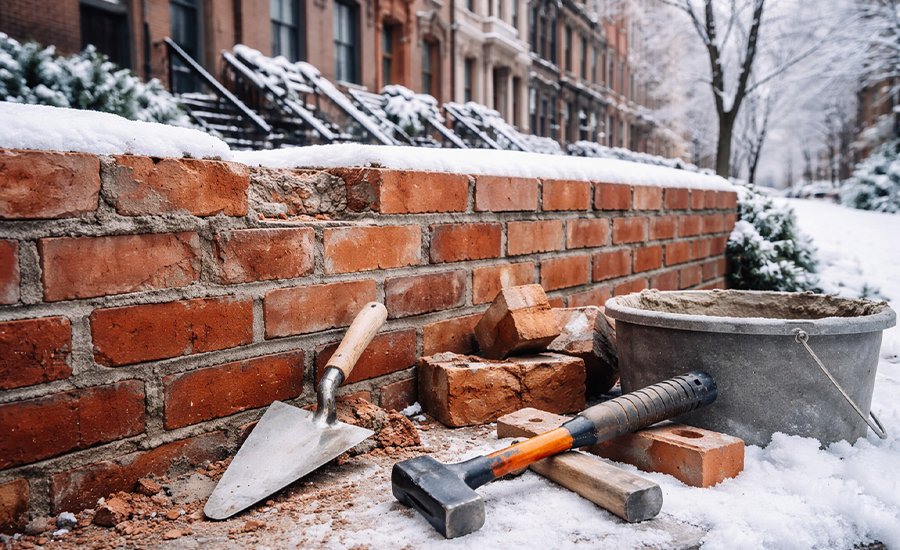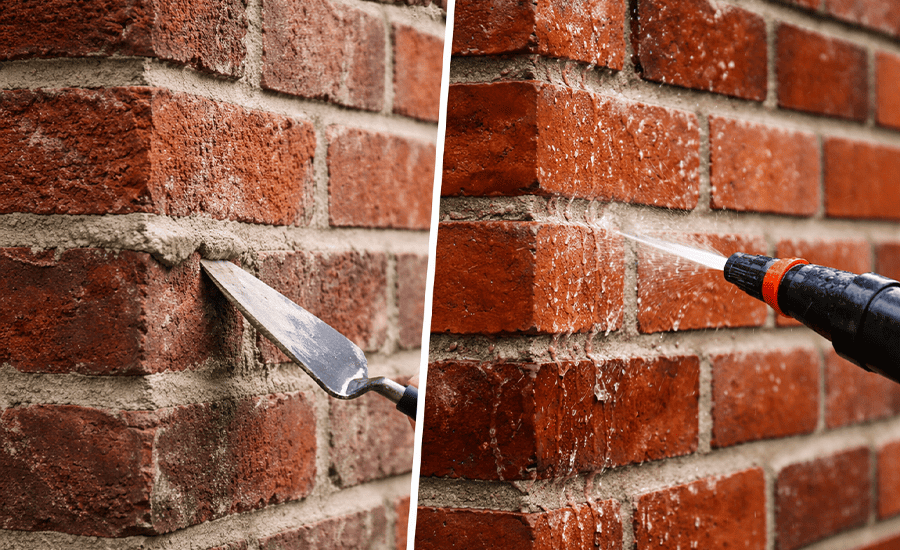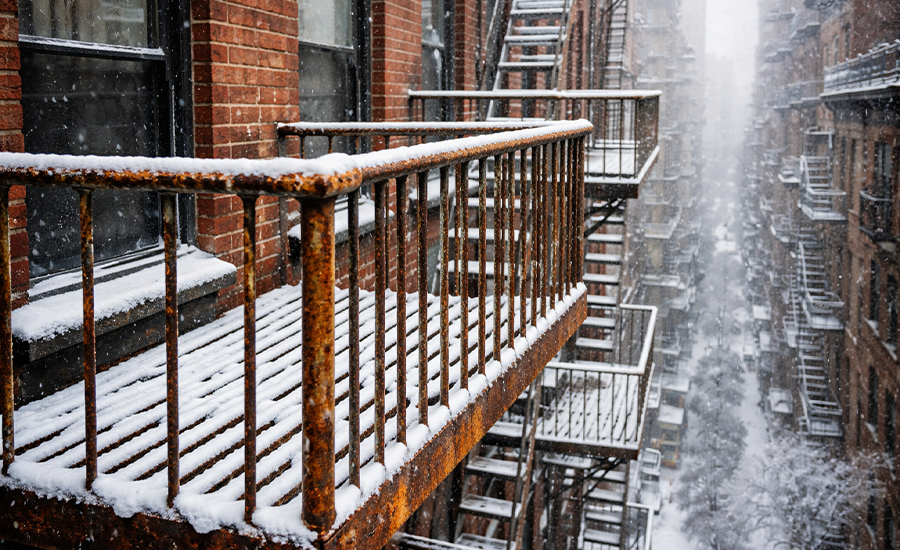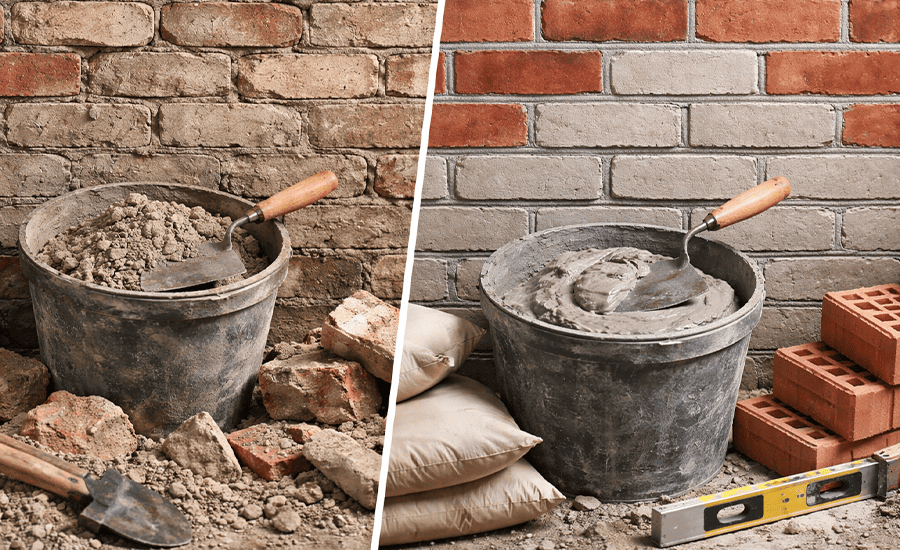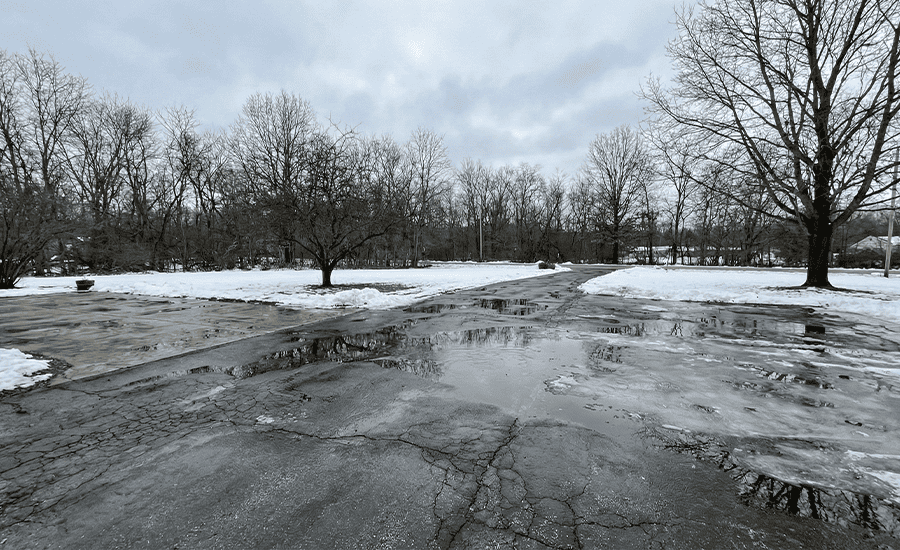The maintenance practice of brick-pointing, also known as repointing, substantially affects property values. Brick-pointing refers to a preservation practice that both reinforces building structures and maintains brickwork visual quality through mortar renewal between bricks.
The continuous interaction between weather elements and standard building wear down causes mortar joints to break apart, producing substantial structural damage unless homeowners perform timely maintenance.
Brick pointing properly maintains property aesthetics and shields buildings from more expensive repair expenses in the future, thus making it an advantageous choice for homeowners.
Learn more about how deep brick pointing should be to ensure proper durability and longevity.
Explore our expert guides and insights.
How Does Brick Pointing Improve Property Value
Restoring deteriorated mortar joints prevents long-term damage and ensures the durability of brickwork, making it a valuable investment for homeowners. Let’s explore:
Enhances Curb Appeal
A well-maintained brick façade significantly boosts a property’s curb appeal. The exterior is the first thing potential buyers or visitors notice, and deteriorated mortar can make a home look neglected or aged. Freshly painted brickwork restores a building’s original charm, making it look cleaner, well-kept, and more visually appealing. A well-maintained exterior increases the chances of selling a property at a higher price since first impressions play a key role in real estate transactions.
Strengthens Structural Integrity
A brick structure depends heavily on its mortar joints to maintain stability. Deteriorating mortar causes bricks to become loose, thus creating hazards for the building’s structure. The reinforcement through brick-pointing solidifies these joints to maintain wall strength and stability. Properties with sound structures automatically have a higher market value because potential buyers perceive them as less prone to damage in the future.
For a better understanding of brick pointing and its purpose, explore this guide.
Prevents Water Damage and Moisture Issues
Water seeping through the structure represents a major point of vulnerability for brick buildings. Mortar breakdown forms water entry points, producing mold development, mildew formation, and foundation complications. Brick-pointing means using brick as a protective shield that fills these cracks and blocks moisture from destroying building elements. A well-kept dry building gets superior real estate market value since it requires less expense to fix water damage issues.
Discover the importance of masonry repair & restoration and how it protects brickwork from water damage.
Improves Energy Efficiency
Gaps and cracks in mortar joints can contribute to heat loss during the winter and allow warm air to enter during the summer. By sealing these openings, brick pointing enhances insulation, making the home more energy-efficient. Lower maintenance expenses and reduced heating and cooling payments become major attractiveness factors when buyers search for sustainable and affordable residential solutions. Future utility savings from an energy-efficient home will allow real estate professionals to request incredible purchase prices.
Reduces Maintenance Costs and Future Repairs
Inadequate mortar maintenance will cause widespread harm, leading to expensive brick repair and removal. The proactive technique of brick-pointing proves successful at preserving brick structures so homeowners do not have to spend money fixing their structures in later years. The cost savings from prompt repointing investment and extended building durability add value to homeowners by reducing future expenses.
Increases Marketability and Resale Value
A well-maintained property is always more attractive to buyers. Homes with solid correctly pointed brickwork stand out because they require less immediate maintenance. Properties with proper maintenance attract higher offers from buyers because they require reduced after-purchase renovation costs. Brick-pointing investments from sellers boost home market value while enabling them to command superior prices in listing.
Preserves Historic and Architectural Integrity
Brick-pointing is a core preservation method for historical properties, safeguarding authentic house characteristics and design elements. Potential homeowners want to acquire historic properties which must demonstrate proper maintenance. Correct repointing methods protect a structure’s physical integrity and historical look while lengthening its lifespan. Preserving original brick elements may lead to historic preservation grants and tax incentives, ultimately increasing property value.
A Smart Investment for Property Owners
Property owners invest in brick-pointing because it serves as both a beneficial structural maintenance process and an aesthetic solution, simultaneously boosting property value while retaining its historic character. Experiencing a home sale or keeping repair costs down, combined with structural durability, requires smart property investments in professional brick-pointing solutions.
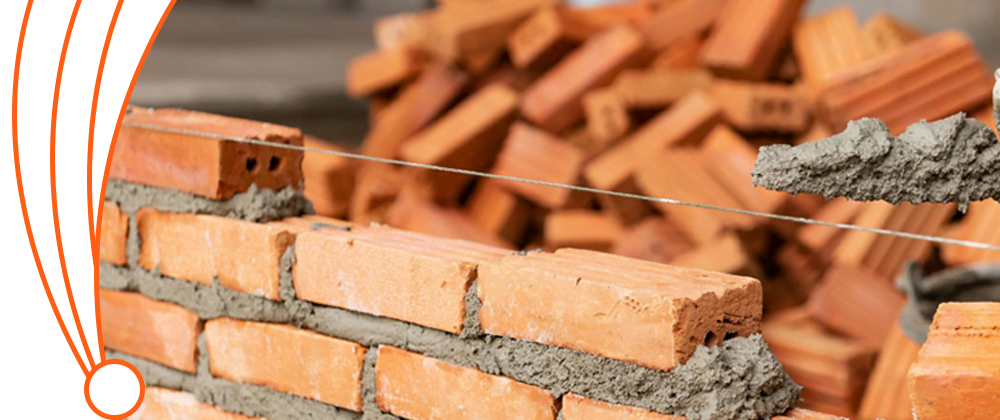
What Happens If You Don’t Repoint Brickwork?
Brickwork is designed to last for decades, but the mortar holding the bricks together can deteriorate over time without proper maintenance. Repointing is the process of replacing damaged or eroded mortar to preserve the integrity of a structure. Ignoring this essential maintenance can lead to severe structural and financial consequences. This blog will explore what happens when brickwork is not repointed and why timely repairs are crucial.
Structural Weakness and Instability
Mortar joints play a vital role in holding bricks together and maintaining a building’s structural stability. As mortar crumbles and deteriorates, gaps form between bricks, weakening the entire structure. Bricks gradually release from their position or move about, which creates an elevated danger of both partial wall destruction and total wall collapse. Failure to undertake repointing work results in minor damage escalating into severe safety risks that lead to expensive structural interventions.
Increased Water Damage and Moisture Issues
Water penetration through defective mortar will cause severe conditions, including mold mildew and structural decay. The colder season may cause trapped water to freeze and expand, leading to brick damage, commonly called frost damage. Protracted moisture conditions weaken foundation structures and interior walls until they become less durable and valuable for the property.
Higher Repair Costs in the Future
When you postpone brickwork repointing, your buildings will deteriorate, incurring greater repair expenses that would have been avoided. A delayed repointing job develops into extensive brick replacement while requiring foundation repairs or possibly requiring structural strengthening. Delayed repointing efforts result in proportional increases for restoration expenses and structural deterioration.
Decline in Property Value and Curb Appeal
Precariously maintained mortar combined with loose bricks on a building produces a neglected, aged appearance that dampens its visual attractiveness. Real estate property values decrease simultaneously with poor brickwork, which affects the quality and attractiveness of residential and commercial property. People intending to buy simple homes avoid properties showing visible outside problems because they think maintenance expenses will be more extraordinary.
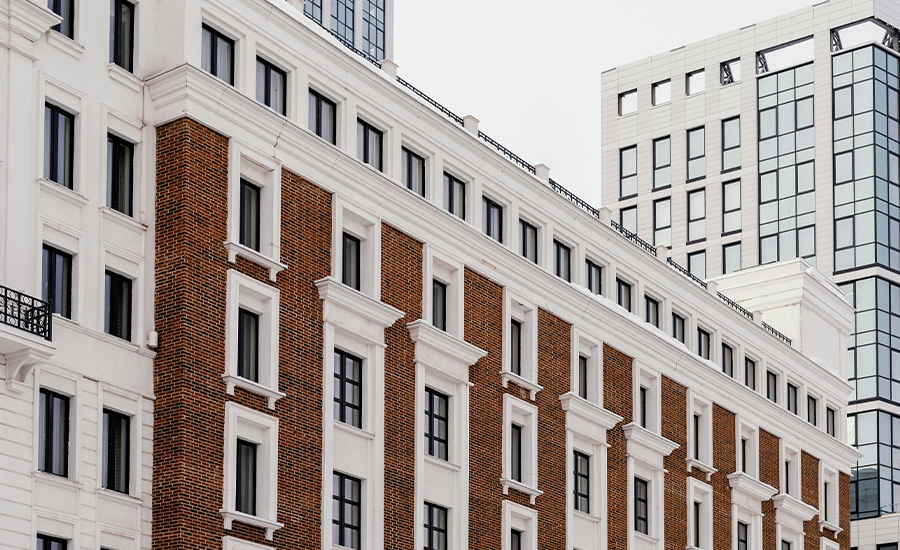
Poor Energy Efficiency and Higher Utility Bills
The gaps formed by bricks let both drafty air and heated air pass through, which creates difficulties in temperature management. When insulation fails to work properly, the entire heating and cooling system of houses becomes more expensive. Correct repointing improves building energy efficiency because it blocks air leakage while making the building more energy efficient.
Pest Infestation Risks
Pests, rodents, and insects can easily enter buildings through the defective mortar that results from deterioration because it contains cracks and gaps. Small openings in brickwork provide entry points that enable mice and termites, together with various pests, to build nests within walls, thus creating more structural issues and health risks. Proper repointing procedures work to block gaps, which helps defend properties against pest intrusions.
Loss of Historical and Architectural Integrity
The deterioration of mortar results in irreparable harm to the original brick structure in historical houses and buildings. Improper repointing of bricks without appropriate methods and materials might cause permanent erosion, leading to brick destruction. Preserving historic structures demands quick repointing actions to protect their original appearance and fundamental strength.
Timely Repointing is Essential
The delay of brickwork repointing leads to major structural deterioration, which is combined with higher restoration costs, impaired energy conservation, and lower home value. Regular maintenance practices help keep mortar joints structurally strong to prevent water damage, pest intrusions, and additional deterioration. You need to request professional repointing services before minor cracks worsen into major issues.
To learn in detail about:
For expert repointing and masonry restoration, contact Sardar Restoration Corp to protect and enhance your property! Contact us today at (+1) 917-355-8556 or sardarrestoration@gmail.com, or visit us at 2770 Fish Ave, Bronx, NY 10469, United States. Let us bring excellence to your next project!
FAQs
What role does brick pointing play in property value?
Brick pointing helps maintain curb appeal, prevents structural issues, and reduces repair costs. It makes properties more attractive to buyers, increasing marketability and resale value.
Can brick pointing improve a home’s energy efficiency?
Yes! Sealing mortar joints reduces air leaks, improving insulation. This helps regulate indoor temperature, leading to lower heating and cooling costs for homeowners.
How does water damage affect property value?
Water infiltration weakens mortar, leading to cracks, mold, and structural instability. Timely brick pointing prevents moisture damage, protecting a building’s longevity and overall value.
Why is brick pointing essential for historic buildings?
Historic buildings require precise restoration techniques. Repointing preserves architectural integrity, extends longevity, and can even qualify properties for historic preservation grants.
Choosing the right mortar is crucial—learn about the best materials for brick pointing.


